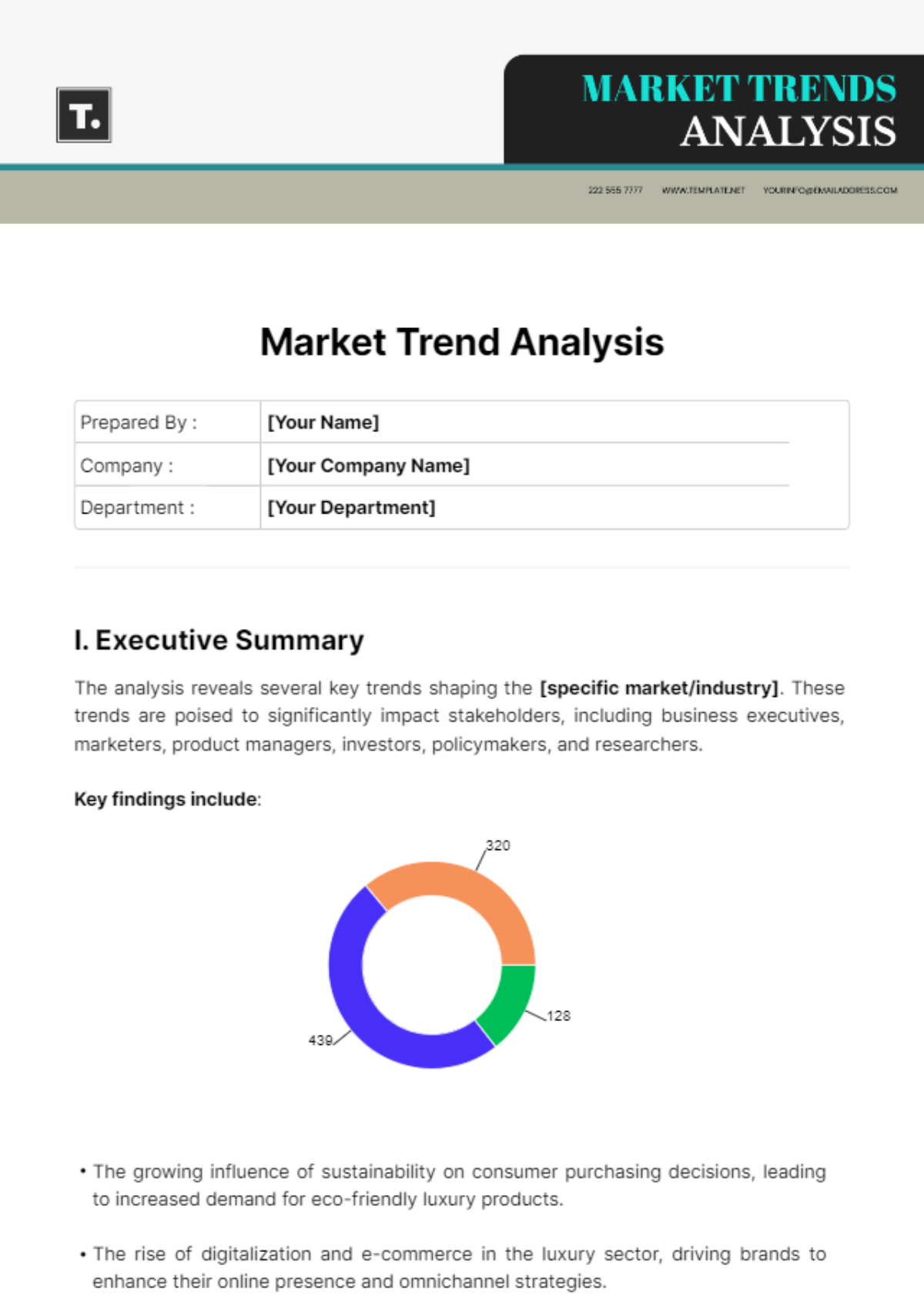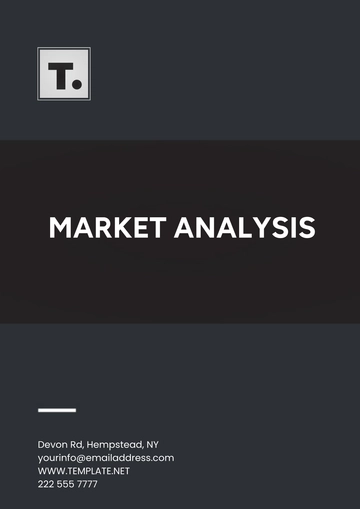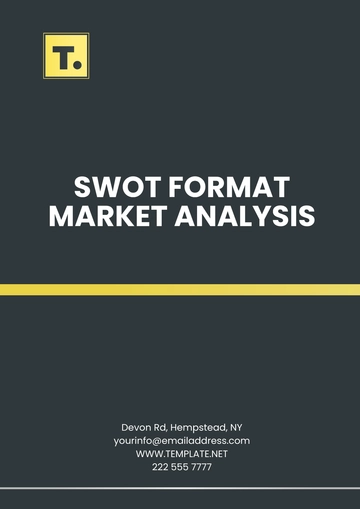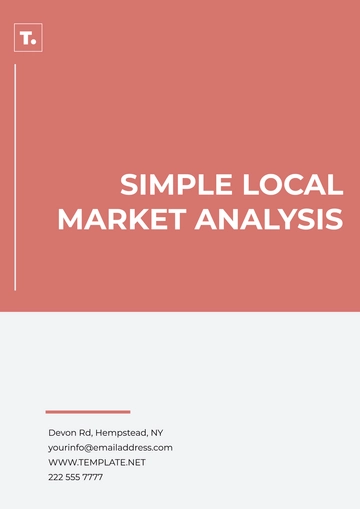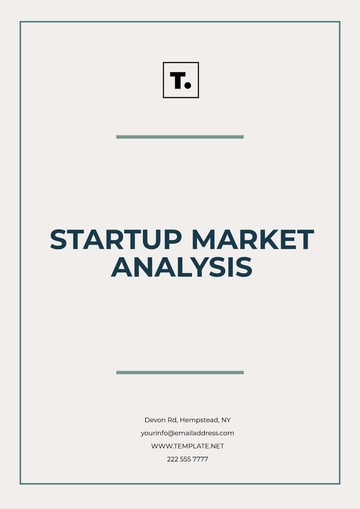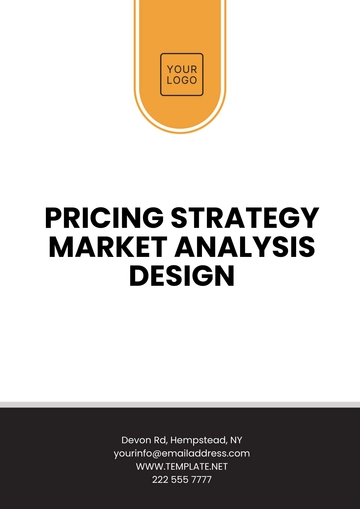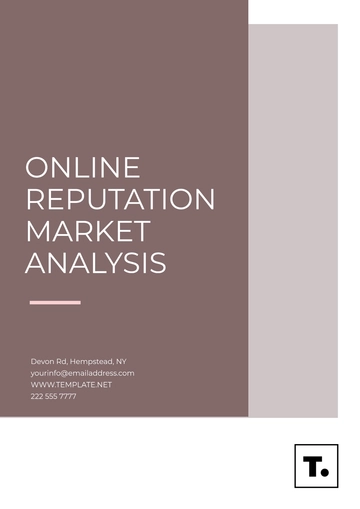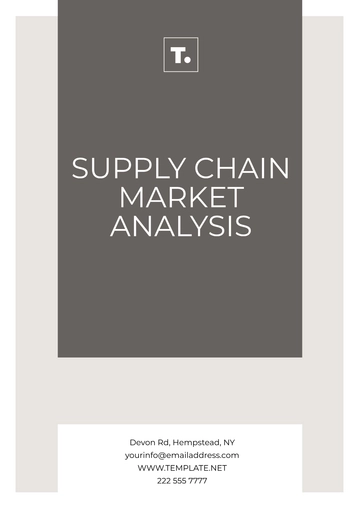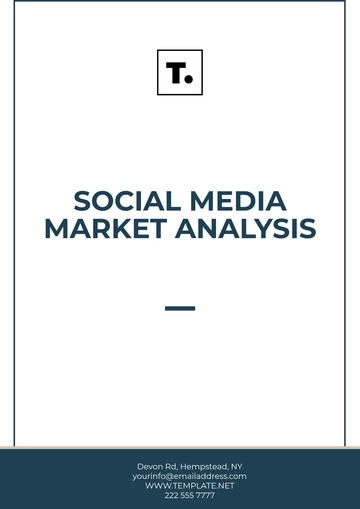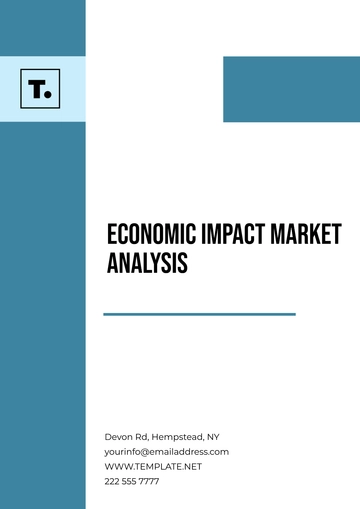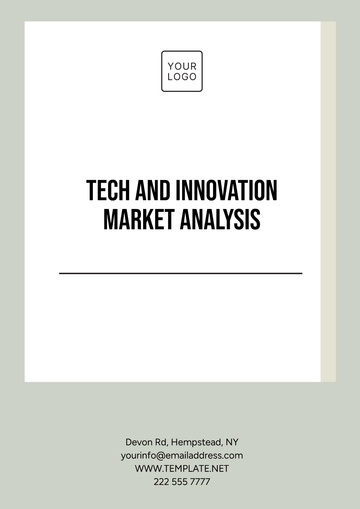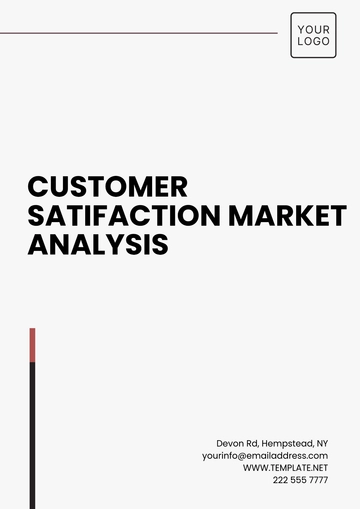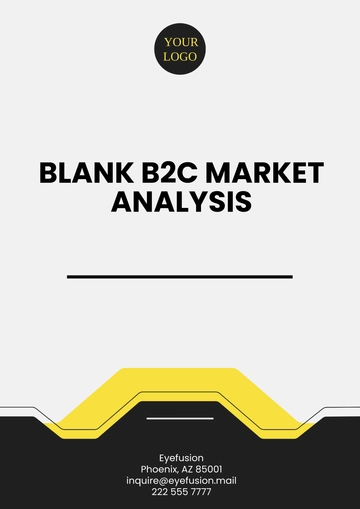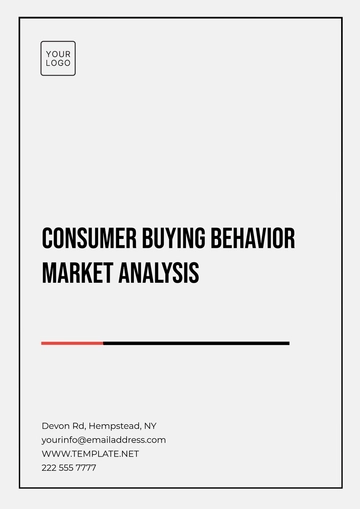Market Trend Analysis
Prepared By : | [Your Name] |
Company : | [Your Company Name] |
Department : | [Your Department] |
I. Executive Summary
The analysis reveals several key trends shaping the [specific market/industry]. These trends are poised to significantly impact stakeholders, including business executives, marketers, product managers, investors, policymakers, and researchers.
Key findings include:
II. Introduction
The [specific industry] plays a pivotal role in the global economy, characterized by its resilience and adaptability to changing consumer preferences. With a market value exceeding $300 billion, it remains a focal point for various stakeholders seeking growth opportunities and market insights.
III. Methodology
Our analysis combines primary research, secondary data analysis, and expert interviews to gather comprehensive insights into the luxury fashion market. Primary research involved conducting surveys and interviews with luxury consumers, while secondary data sources included industry reports, market intelligence platforms, and academic journals. Expert interviews were conducted with industry professionals to validate findings.
IV. Market Overview
The [specific market/industry] is currently valued at $380 billion and is projected to grow at a CAGR of 5.8% over the forecast period. Major players dominating the market include LVMH, Kernig, and Richemont, with a combined market share of 40%.
V. Trend Analysis
The analysis identifies several prevailing trends driving the [specific market/industry]:
Sustainability: Consumers are increasingly demanding ethically sourced and environmentally sustainable luxury products, driving brands to adopt eco-friendly practices throughout their supply chains.
Digitalization: The proliferation of digital channels and social media platforms has transformed the way luxury brands engage with consumers, with a shift towards digital marketing campaigns and immersive online experiences.
Experiential Luxury: Consumers are seeking unique and memorable luxury experiences, leading brands to invest in experiential retail concepts such as flagship stores, luxury pop-ups, and VIP events.
VI. Competitive Landscape
The competitive landscape of the luxury fashion market is characterized by intense rivalry among key players. Table 1 below provides an overview of the market share held by the top competitors.
Competitive Landscape Overview
Company Name | Market Share (%) | Key Offerings |
|---|
LVMH | 20% | Luxury fashion, cosmetics, watches, and jewelry |
Kernig | 15% | Luxury fashion brands including Gucci, Saint Laurent, and Bottega Veneta |
Richemont | 5% | Luxury watches and jewelry brands such as Cartier and Piaget |
VII. Consumer Insights
Understanding consumer behavior is crucial for devising effective marketing strategies and product development initiatives. Table 2 presents demographic data and consumer preferences within the [specific market/industry].
Table 2: Consumer Demographics and Preferences
Demographic Segment | Age Range | Gender | Preferences |
|---|
Millennials | 18-34 | Male/Female | Preference for sustainable and socially responsible luxury brands. High engagement on social media platforms. |
Generation X | 35-54 | Male/Female | Value quality and craftsmanship in luxury products. Prefer personalized shopping experiences. |
Baby Boomers | 55+ | Male/Female | Seek timeless luxury products with enduring value. Prefer traditional retail channels but increasingly adopting online shopping. |
VIII. Future Outlook
The future outlook for the [specific market/industry] is optimistic, driven by evolving consumer preferences and the industry's ability to adapt to changing trends. However, challenges such as supply chain disruptions and economic uncertainties must be addressed to capitalize on growth opportunities.
IX. Conclusion
In conclusion, the Market Trends Analysis highlights the dynamic nature of the [specific market/industry] and provides actionable insights for stakeholders to navigate evolving trends successfully. By leveraging these insights, stakeholders can make informed decisions and position themselves strategically in the market landscape.
Analysis Templates @ Template.net
